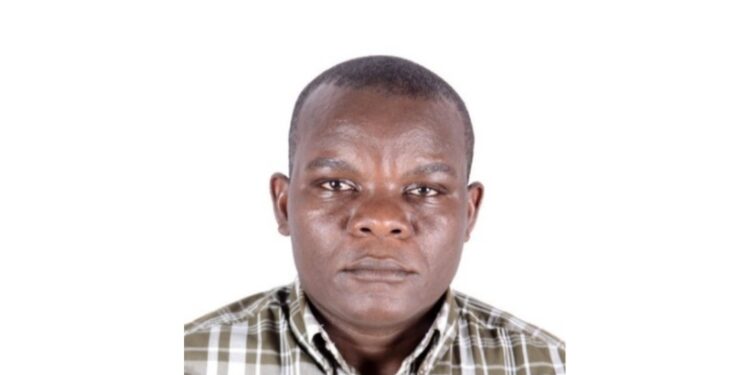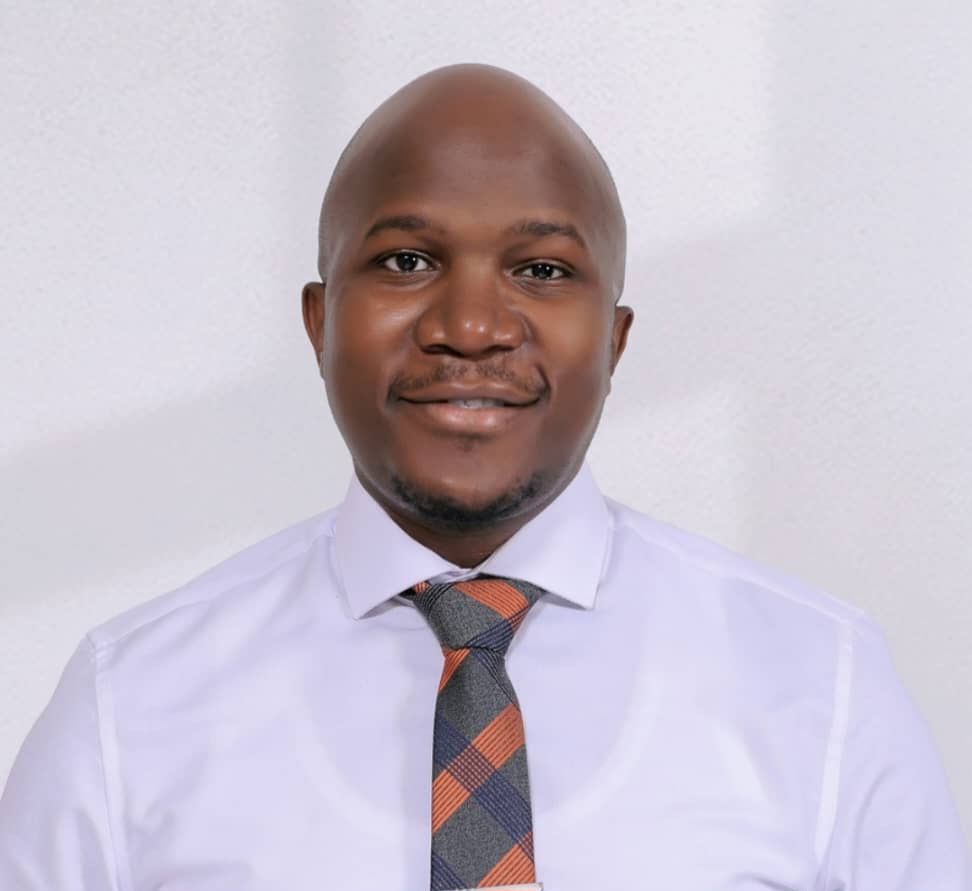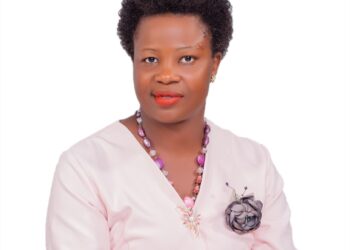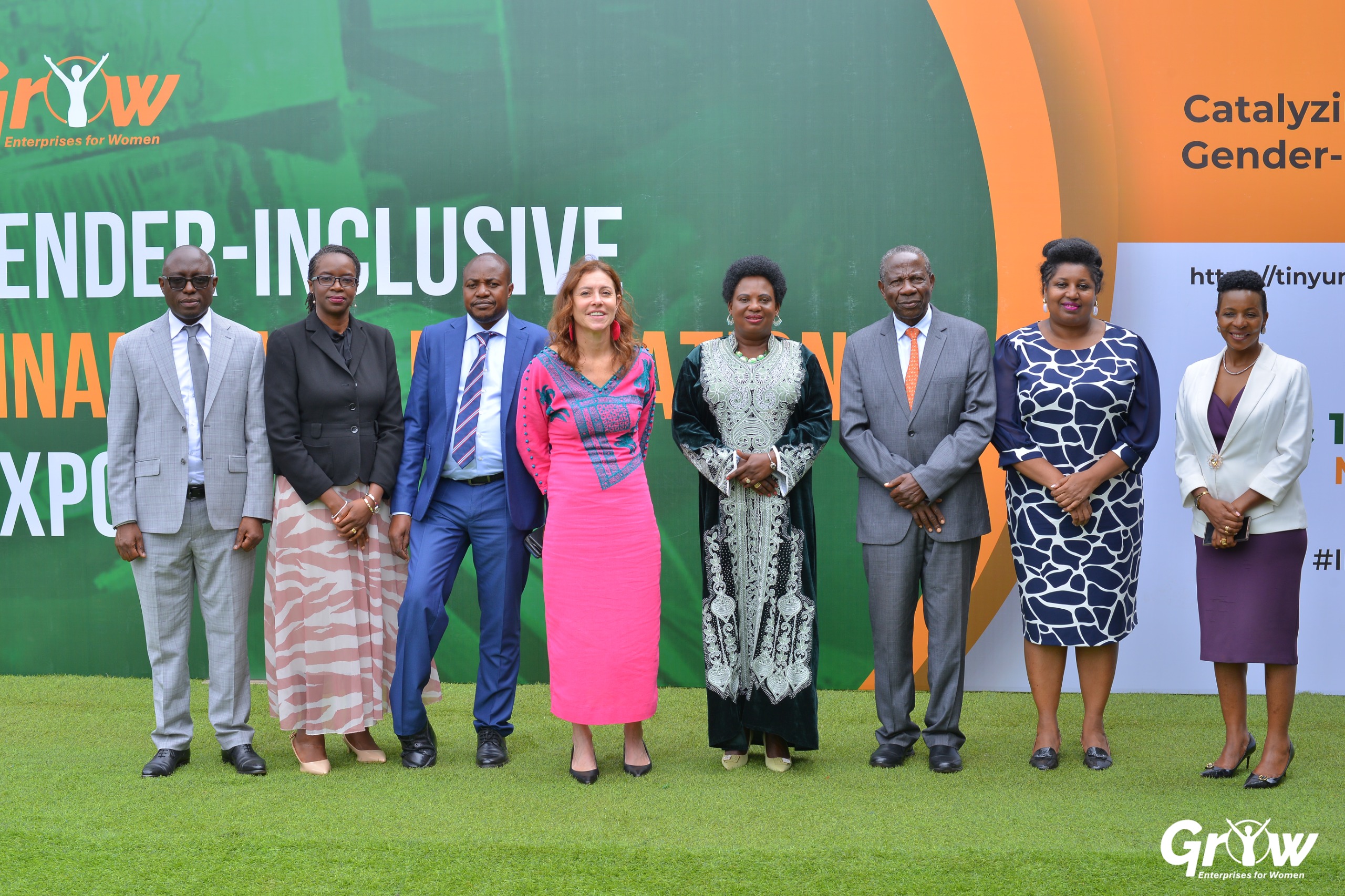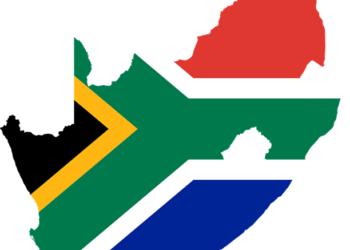We are in a period that gender activists call the 16 Days of Activism against Gender-Based Violence. It starts on 25th November-the International Day for the Elimination of Violence Against Women and ends 10th December-the International Human Rights Day. The aim is to raise awareness about the vice, advocate for preventive action, and challenge societal norms that perpetuate it.
It is argued that there is a correlation between female leadership and gender justice. That in countries and institutions as small as a family, when women are empowered and in leadership, gender injustices tend to be low and vice versa! At the Commission on the status of women in March last year, UN chief António Guterres put gender equality 300 years away from now. Looking back in time, but also reflecting on US last month’s presidential elections and the UN top leadership since its founding, this article demonstrates that both the USA and UN still hold a tight noose to women leadership. The reason for choosing the two cases for this piece is that, while the two differ in structure and purpose for which they exist, they nonetheless are perceived as models of equality for all.
Let’s first shine a torch at the US. When Donald Trump and JD Vance are sworn in on 20th January 2025, the former will be USA’s 47th president and the latter 50th vice president since USA’s Founding Father-George Washington (1789-1797). A look at the Secretary of State- the third highest-ranking official of the executive branch of the Federal Government of the United States after the President and Vice President shows with Antony Blinken, the USA has had seventy-one Secretaries of State. Of these, only three were female; Madeleine Korbel Albright, Condoleezza Rice, and Hillary Clinton. In brief, the USA has had no female president and only one vice president (Kamala Harris). The closest that the Americans got the world to think the gender noose was being loosened for a female president was when two women-Hillary Clinton and Kamala Harris, knowledgeable and experienced in running government got to the political pulpit but were unfortunately defeated by a man-Donald Trump who before his 2016 presidential bid against Hillary Clinton was known for running a string of businesses.
All manner of excuses have been advanced to account for Kamala Harris’ defeat such as being part of the Biden administration that mismanaged the Gaz war consequently pitting the Muslim Palestinians and by extension the Arab fraternity in America against her, a frail economy, race, less time for preparation as she was dragged into the tumultuous waters of the campaign following Biden’s sudden withdrawal from the race, etc. Well. In 2016, there was no war in Gaza. The economy that Hillary would have inherited from Obama was at its best.
The party had all the time to prepare. No race baggage for the candidate. What then explains Hillary’s defeat to a male candidate very widely not just perceived but known for all the unpopular adjectives-erratic, sexist, xenophobic etc? The answer lies in Misogyny!
Let’s turn to the UN. For starters, the current institution of the UN evolved from the League of Nations-an international organization established in 1920 after World war 1 to promote international cooperation and maintain world peace. For more than two and a half decades (1920-1946) of its existence, all the three Executives-Sir Eric James Drummond a British and The League’s founding Secretary General, and his two successors; Joseph Avenal-French and Sean Lester-Irish were men. “Women had no place at all in the key organs of the League’s Secretariat” wrote Carol Miller in her 1992 PhD Dissertation. A look at who has led the UN as Secretary General since its founding seventy-nine years ago will leave you stupefied. All the nine UN Chief Executive Officers, from Trygve Halvdan Lie-founding Secretary General to the current H.E António Guterres are men.
Of the seventy-five people that have worked as chair and presiding officer of the UN General Assembly-the main deliberative and policymaking UN organ charged with among others, discussing and approving the UN budget including making recommendations on the powers and functions of any organ of the UN, seventy-one are men, with only four women-Vijaya Lakshmi Pandit (India), Angie Elizabeth Brooks (Liberia), Haya Rashed Al-Khalifa (Bahrain) and Maria Fernanda Espinosa (Ecuador) working in this capacity. At the General Debate of the 79th UN General Assembly this year, it was observed that women were less than ten per cent of the speakers.
Befuddled and perhaps irked by the low representation of women at the organ that decides for and on behalf of all and has promised to leave no-one behind (LNOB), António Guterres drew attention to this gender imbalance in his opening speech saying, “it was unacceptable” adding he was “sorry to observe that despite years of talk, gender inequality was on full display in the Hall”.
During the Summit of the Future (S4F) in September this year, a Packed For The Future (P4F) was drafted by the UN. In it, not only is the noun “women” mentioned twenty times but also a commitment is made to strengthen gender equality and the empowerment of all women and girls and their human rights at the United Nations. For us to achieve this- ‘women’s empowerment’, to a very large degree, we must work on a just, equal distribution and sharing of opportunities (political, social, economic etc) and resources between sexes. Short of that, we shall be victims of the just morality that we preach but seldom practice. Moreover, Roy T. Bennet, author of The Light in the Heart counsels “consistency is the true foundation of trust. Either keep your promises or do not make them”.
On the heels of this argument, I have a proposal to make for the UN: how about if we considered having senior leadership of the top UN organs rotate between men and women? However, this is not to suggest that we should sacrifice competence and merit at the cost of gender. But don’t we today have more women qualified enough to assume UN top-level leadership? Last, but by no means the least, when will the world’s first female UN Secretary General come?
Santo Asiimwe undertook graduate studies in Peace and Conflict Transformation with a bias in gender (University of Tromso-Norway) and is an ardent promoter of gender and social justice.
Do you have a story in your community or an opinion to share with us: Email us at editorial@watchdoguganda.com

